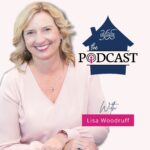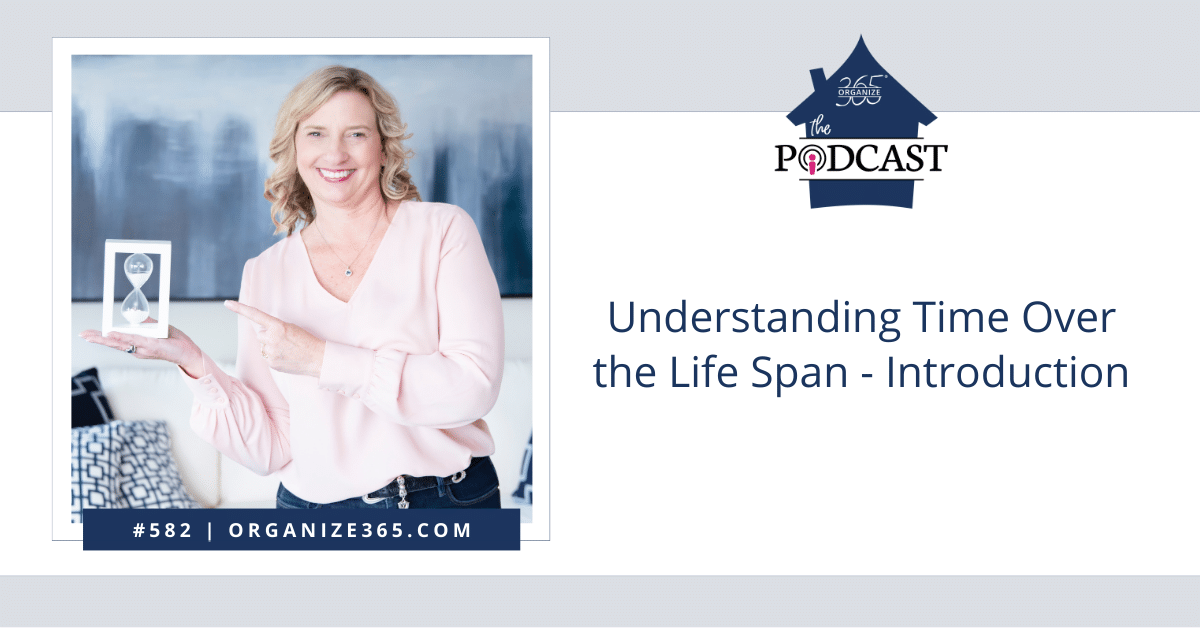
In this new podcast series I’m going to talk about organization in each phase of life, but first I want to talk about phases of life. There is childhood (0-18), a new theory called emerging adulthood (18-29), middle adulthood and late adulthood. There is so much to these phases of life and layered on top of these is the capacity and the time limitation of variables as it relates to that phase of life. I picture this like two arches that mirror each other and intersect at two points.
We all know that childhood is pretty well established and studied. Then there’s the new theory called emerging adulthood where you’re in between childhood and full adulthood. Then there’s the years around 70-82 where I made up this idea of “reverse emerging adulthood” because you have all this experience, but you’re at an in-between stage again where you are no longer an active contributing member of society.
The time and capacity continuum is frustrating for me because when I have time, I didn’t have the knowledge and capacity to act on it. And then when I don’t have the time, I have all the knowledge. A great example of this is menopause. The average age of menopause is 50 years old and that hasn’t changed in the last 2,000 years. However, the age that puberty happens has changed. So the mid-life “dip” most people experience corresponds with menopause. Ironically, when a person is in the generative phase of life and pauses to focus on their needs and desires, usually between 45 and 55, society labels this as a midlife crisis. However, it isn’t a crisis at all. It’s a natural rebalancing of energy and production in the middle of a long adult life cycle.
If I have to find academic support for everything I do or want to do in the future, it’s going to take forever for us to really understand how households function throughout a lifespan, let alone how to organize them. So that’s why I wanted to first have this conversation about how I view a lifespan. I view it as inverse arches of time and capacity, and the golden windows where they cross over.
In this next series, what can you expect? I’m looking to unpack what our purpose is, what our capacity is, how we use physical space in our homes during certain phases of life, and what support we need to make this phase of life easier or less invisible. Basically I’m trying to figure out, what is the phase of life map of household organization? So if you were to map out household organization across the whole life phase, what would that look like?
EPISODE RESOURCES:
- The Sunday Basket®
- Jump Start – Personal
- Jump Start – Kitchen
- The Kitchen Productivity & Profitability Blitz
- Sign Up for the Organize 365® Newsletter
Did you enjoy this episode? Please leave a rating and review in your favorite podcast app. Share this episode with a friend and be sure to tag Organize 365® when you share on social media!




